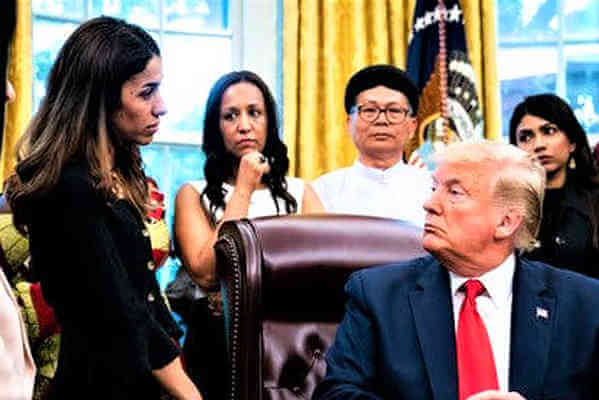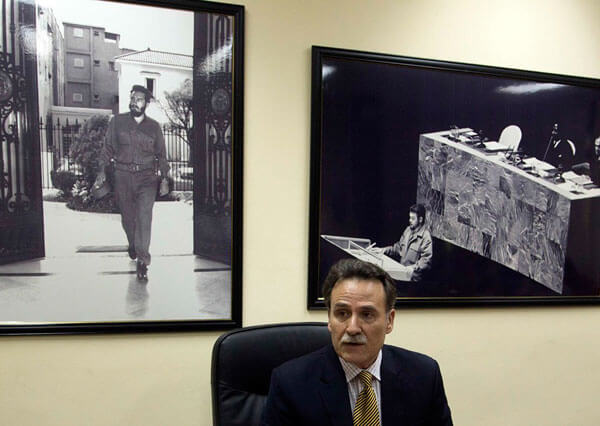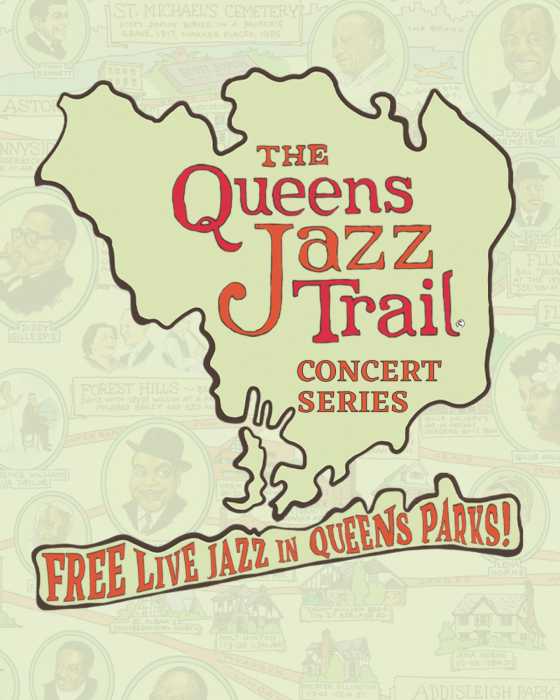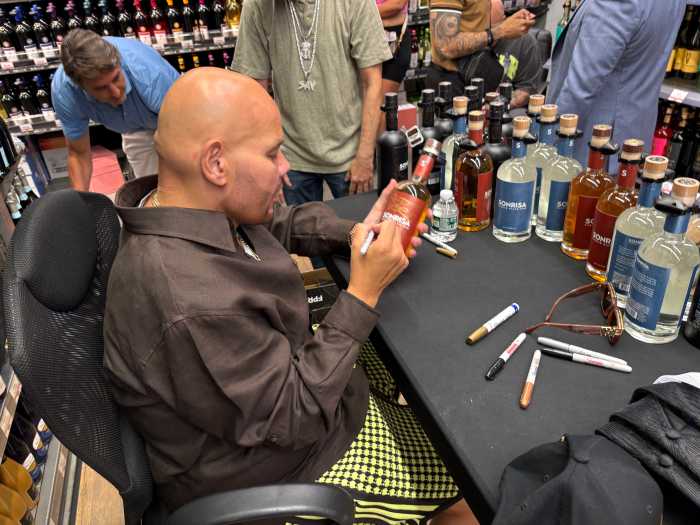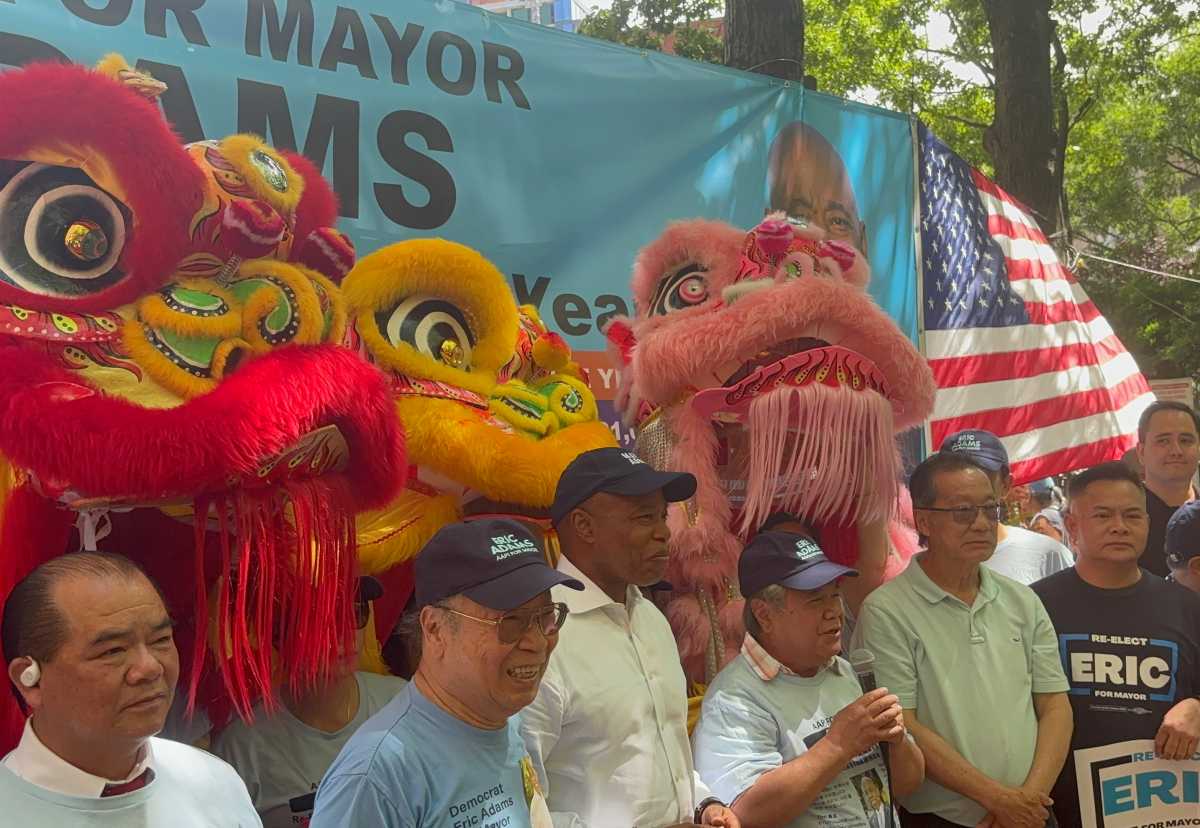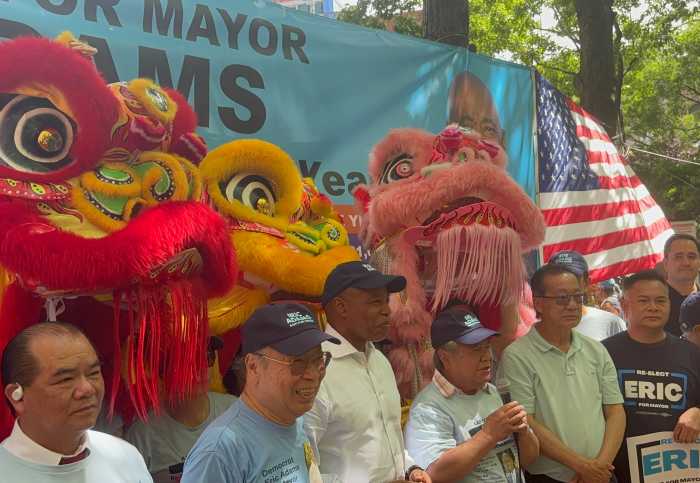STOCKHOLM / ROME, Oct 24, 2019 (IPS) – On Oct. 11, the Norwegian Nobel Prize Committee announced that this years Peace Prize is awarded to Ethiopia’s Prime Minister, Abiy Ahmed: “For his efforts to achieve peace and international cooperation, and in particular for his decisive initiative to resolve the border conflict with neighbouring Eritrea.”1 Let us hope that Abiy remains a worthy Peace Prize winner and that warfare and human suffering on the Horn of Africa will finally come to an end.
The decision surprised those who speculated that the Prize would be awarded to the environmental activist Greta Thunberg. However, people close to the Nobel Committee declared that the decision was unaffected by public opinion. The Committee had made an effort to follow the statutes of Alfred Nobels testament – that the Prize has to be awarded to “the person who has done the most or best to advance fellowship among nations, the abolition or reduction of standing armies, and the establishment and promotion of peace congresses.” –2
Irrespective of sixteen years old Greta Thunberg not been awarded the Nobel Peace Prize her huge following casts doubts about the trustworthiness of world leaders. In her opening address to leaders attending this years UN Climate Change Summit Greta declared that
You are failing us! This is all wrong! I shouldn’t be up here; I should be back in school on the other side of the ocean. Yet you all come to us young people for hope, how dare you! We will be watching you. You have stolen my dreams, my childhood with your empty words …3
It has been claimed that Greta Thunberg is being used to convey messages of her parents and various pressure groups. That such a young girl cannot make any difference on her own. Many of her detractors have rather been men than women. It has been pointed out that the “ infantilization” of Greta seems to coincide with stereotypical labels powerful men have used to silence womens public speech – that they are over-emotional, hysterical, unable to think for themselves, or even mentally disturbed. Why do some men feel threatened by a sixteen years old girl? Can her attacks on unbound industrial capitalism be interpreted as doubts about certain mens belief in their masculine self-worth?
It is not the first time a 16-year-old girl has provoked powerful men and triggered great changes. Most famous is probably Joan of Arc, who born in a peasant family claimed that she since she was thirteen years old had visions of saints instructing her to recover France from English domination. At the age of sixteen the charismatic, and hitherto entirely unknown girl was against all odds presented to Prince Charles of France, who decided to send her to Orleáns in an effort to end an English siege on that town. Soldiers, as well as their commanders, were enthused by Joans forceful personality and under her command they succeeded in crushing the English siege. Joan of Arcs ardor and sense of righteousness turned the longstanding Anglo-French conflict into a religious war. She succeeded to lead French troops to swift victories, resulting in Charless consecration as French ruler. After years of humiliating defeats, which had demoralized and discredited military and civil leadership, the actions and message of an illiterate girl succeeded in boosting French morale and paved the way for a decisive French victory in the Hundred Years’ War. However, before that, Joan had in 1430 been captured by her enemies, put on trial by a pro-English bishop, declared guilty of heresy and burned at the stake, dying at nineteen years of age.4 I do not know if Joan of Arcs far from peaceful efforts were recommendable, but she made old men listen to her and her achievements changed world history.
More unknown than Joan of Arcs endevours is the bravery of another 16-year-old girl. In 1951, Barbara Johns convinced her schoolmates and teachers to organize a strike to protest the substandard facilities at her segregated school in Farmville, Virginia. While the school principal was away, Barbara Johns forged a memo ordering teachers to bring their classes to a special assembly. She then delivered a speech revealing her plans for a strike in protest of the unequal conditions of black and white schools. The same day, 450 students and teachers staged a protest in front of Farmvilles courthouse. Barbaras actions attracted the attention of the National Association for the Advancement of Colored People (NAACP), which took her case to court, using it as evidence that segregated schools are unconstitutional. Because she was a teenager at the time, Barbara Johns’s contribution to civil rights has generally been overlooked.
Had the student strike begun ten or fifteen years later, Barbara Johns would have become something of a phenomenon in the public media. In that era, however, the case remained muffled in the white consciousness, and the schoolchild origins of the lawsuit were lost on nearly all Negroes outside Prince Edward County. This was 1951 […] television was an infant, and the very word “teenager” had only recently entered common use. The idea that non-adults of any race might play a leading role in political events had simply failed to register on anyone.5
Barbara Johnss struggle was far from being safe and harmless. She was harassed daily and the Ku Klux Klan burned a cross in her parents yard, fearing for her safety they sent her to Montgomery Alabama to live with her uncle.
The force and dedication of young women, particularly those suffering from a vulnerable position, are often ignored, even mocked and in the worse cases met with violence. The fate of two young Nobel Peace Prize winners bear testimony of this. The 2014 Nobel Peace Prize was awarded to the then seventeen years old Malala Yousafzai for her “struggle against the suppression of children and young people and for the right of all children to education.”6 Malala was born to a Pashtun family in Pakistan, where her family ran a chain of schools in the Swat region. In early 2009, when she was eleven years old, Malala wrote a blog under a pseudonym for the BBC Urdu telling about her life during the Taliban occupation of Swat. Malalas commentaries became known nationally, and she soon appeared on national TV. In October 2012, Malala was shot by a Taliban gunman, the bullet entered the side of her left eye, went through her neck and into her shoulder. She survived due to expert treatment at the military hospital in Pashawar.7
Nadia Murad is an Iraqi Yazidi woman who founded an organization to help “women and children victimized by genocide, mass atrocities, and human trafficking to heal and rebuild their lives and communities.”8 In 2018, she was awarded the Nobel Peace Prize with the motivation “for efforts to end the use of sexual violence as a weapon of war and armed conflict.”9 Nadias activism is a result of ISIS killing members of her family in 2014, 20-year-old Nadia was after that held captive as a sex slave for three months, before she managed to escape.
On July 19 this year, Nadia met with Donald Trump. The video from that encounter can be seen as an illustration of a world leader’s disinterest in the disturbing message of a young woman.10 Behind Trump, sitting at his desk in the Oval Office, stand 27 survivors of religious persecution. Someone indicates the presence of Nadia, informing the President she is a Nobel Peace Prize winner. Trump turns to her, but appear to be uncomprehending and uninterested. Most of the time he avoids looking directly at Nadia, who tells him about the killing of her mother and six of her brothers. ”They say that ISIS is defeated, but where are the 3,000 Yazidis they abducted?” Nadia states that 95,000 Yazidis now are refugees and asks the U.S. government for support. A distracted Trump asks where Nadia’s mother and brothers are, even if she just told him they had been killed. Trump declares: ”I know the area very well. We’ll look into it. And you had the Nobel Prize? Thats incredible. They gave it to you for what reason? Can you explain?” Nadia explains that she made it clear to everyone that ISIS raped thousands of Yazidi women and that she was the first woman who bore witness about this crime. Trump mumbles: ”Oh, really? Is that right? So you escaped?” Nadia repeats that she and many others do not know where their loved ones are, if they are dead or alive. Trump shakes her hand: ”I’ll look. We’ll look. OK, thank you very much.”
Watching the creepy spectacle of a powerful narcissist frozen in boundless self-absorption, makes you despair about today’s world leadership. It is not surprising that young and fearless women are becoming symbols of the spark of hope that in spite of everything continues to flicker in most of us. A hope that young people will be capable of following the advice of Langston Hughes:
Hold fast to dreams
For if dreams die
Life is a broken-winged bird
That cannot fly.
Hold fast to dreams
For when dreams go
Life is a barren field
Frozen with snow.11


